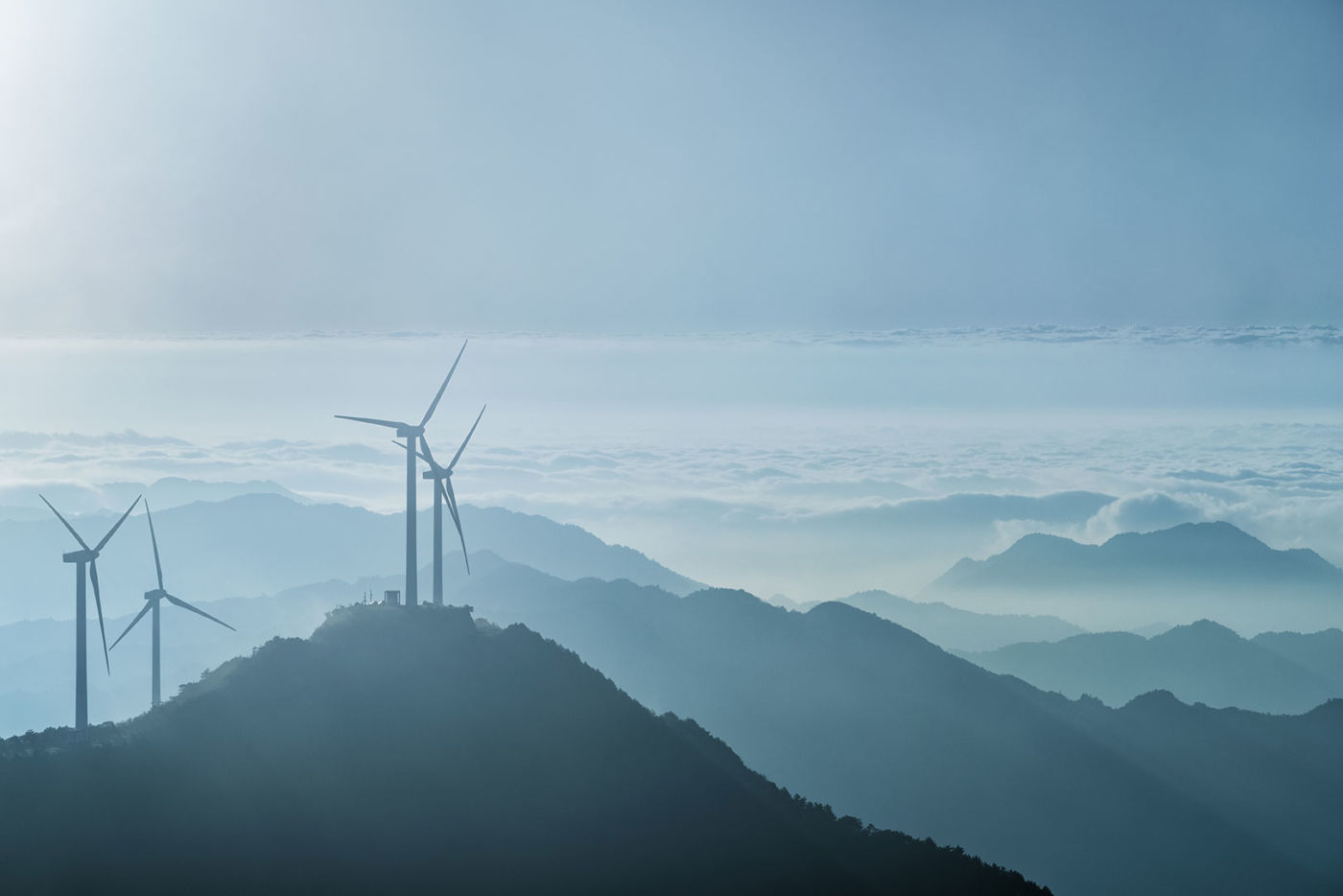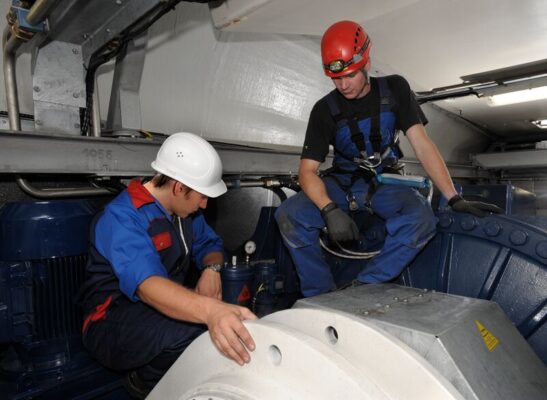Following several years of rapid growth, China now accounts for a 34.7 percent share of the world’s total installed wind power capacity. With such a huge land mass, the country holds great potential. A significant proportion of China’s wind capacity is located in the remote north and northwest regions, such as Inner Mongolia and the Xinjiang province. But while these areas are good for wind, they also pose numerous issues.
168 GW installed capacity in China.
Great potential, but difficult conditions
In Europe, most wind projects are located near major roads and are easily accessible. But due to the size of China and the location of its wind farms, the situation is often completely different. Speaking at the SKF Wind Farm Management Conference in 2016, Ni Da, general manager of servicing company CH New Energy, explained China’s unique situation. “The challenge is delivering spares to the individual wind farms,” he says. “They could be 1,000 miles from Shanghai, so it demands some patience.”
But distance is not the only challenge. In the remote regions, weather conditions can be very harsh. Temperatures can drop as low as -33°C, which makes maintenance a potentially hazardous task. “In extreme operating conditions like these, you also require special equipment,” says Ni Da. “For example, automatic lubrication systems need to be suitable for use at temperatures as low as -40°C. And during cold winters, you have to work quickly to install bearings – otherwise the bearing will get cold and have to be heated again.”
Spare parts shortage
Finding the right spare parts for turbines is also an increasing problem in China. Ni Da estimates that in the early 2000s, there were as many as 80 OEMs in the country. Since then, the market has consolidated drastically – there are now only around 15 major turbine manufacturers.
Ni Da explains, “Many manufacturers have either gone out of business or no longer supply spare parts. This is where independent service providers (ISPs) like us or SKF have a role to play. We know the components and can provide consulting services or customized solutions to repair the turbines.”
When it comes to servicing older turbines, knowledge transfer is especially important. Various solutions, including an SKF mobile app, have been introduced to help. The applications record data and images to provide service technicians with information, such as turbine specifications and dimensions.
The number of OEMs in China has dropped drastically. ISPs now have an important role to play in the maintenance of older turbines.
Sustainable energy, unsustainable growth?
A knock-on effect of the Chinese wind power industry’s rapid growth is that the energy grid has been unable to keep pace. As a large amount of wind turbines are situated in sparsely populated areas, capacity often far outweighs local utility usage. This leads to overproduction and curtailment, where wind energy is wasted. In 2016, the average curtailment rate in northwestern China was 38.9 percent.
The Chinese government is attempting to combat this. “The target is to reduce wastage from 30 percent to 5 percent in the next five years,” explains Ni Da. To do this, several policies have been introduced. “The government is attempting to redirect new builds to the southern and eastern regions by categorizing areas,” says Ni Da. “Areas that are overproducing will not receive new turbines.”
In another measure, high-voltage direct current (HVDC) transmission systems are being built to transfer power to more populous regions such as Shanghai. Furthermore, locals in northern areas have started to use renewable energy, rather than coal, for their central heating systems. This increased use of sustainable energy could help tackle the problem of curtailment.
If such policies prove successful, it is highly likely that China will remain a leader in wind energy for years to come. But at the same time, the country needs to overcome its maintenance challenges to keep its impressive capacity online.



